 November 2016
Rosetta - an eventful cruise phase
November 2016
Rosetta - an eventful cruise phase
.... At the same time Elsa Montagnon was nominated spacecraft operations manager for the future BepiColombo mission to Mercury. She left the Rosetta team but was still in the division, in the same corridor, reachable in case...
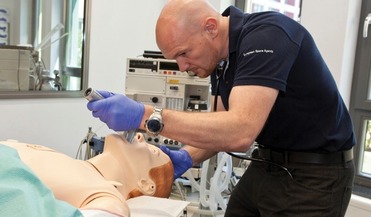 November 2016
Emergency dental treatment on way to Mars
November 2016
Emergency dental treatment on way to Mars
... Earth. At the time, and unfortunately for Romanenko, the Soviets had no dental contingency protocol. During the US Mercury programme, flights were so short that there was no need for an inflight dental emergency protocol, and prevention...
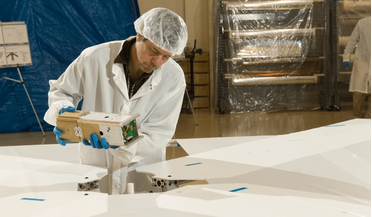 January 2017
New oceans beckon for solar sail technology
January 2017
New oceans beckon for solar sail technology
... to one ninth of the original. This can also work in our favour if, for example, a sail is deployed near Mercury, which is at 0.39 AU and will give you 2.5 times the thrust available at Earth. Like a sailboat, a space sail-craft...
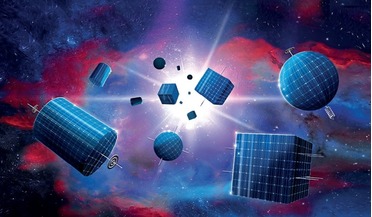 August 2017
Big science from small spacecraft
August 2017
Big science from small spacecraft
... primary mission target. NASA missions that have used this slingshot effect include Galileo (Jupiter), MESSENGER (Mercury), Cassini (Saturn), and Parker Solar Probe (the Sun). Now, imagine that every time a mission executes...
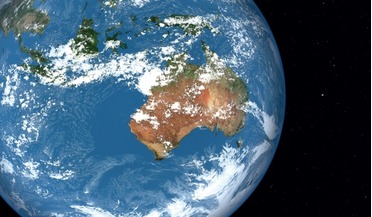 October 2017
Can Australia’s space industry overcome years of political setback?
October 2017
Can Australia’s space industry overcome years of political setback?
... tracking stations throughout the country that played a signifi cant role in major US space programmes such as Mercury, Gemini and Apollo. Continued maintenance of these stations has contributed to the evolution of Australia’s role in international...
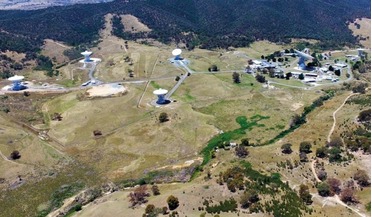 September 2017
Australia’s unique space history
September 2017
Australia’s unique space history
... Venus, as well as the Apollo programme, before being closed in 1972. A spaceflight tracking station used for the Mercury, Gemini programmes and early Apollo Saturn rocket tests was also established on the Range, operating from...